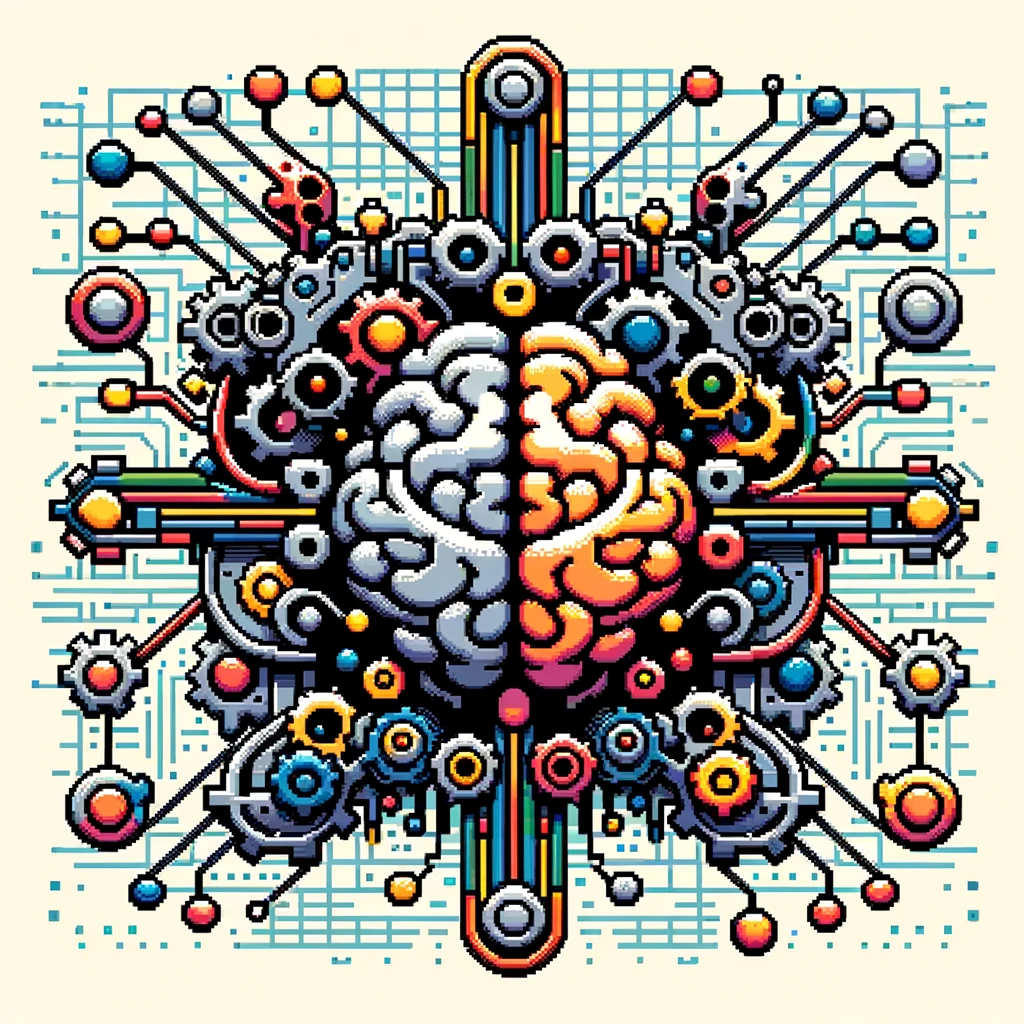
Complexity Science and Machine Learning
Have you ever pondered how Google Maps predicts traffic or how your phone recognizes your face? These marvels are part of a rapidly evolving field where complexity science meets machine learning. In this blog, we’ll demystify the dense academic paper, “Unifying complexity science and machine learning,” making its groundbreaking insights accessible to anyone with curiosity and a high school education.
What Are Complexity Science and Machine Learning?
Complexity Science is like trying to understand a bustling city. It looks at systems where many parts interact in complicated ways, like weather patterns or economies. Machine Learning, on the other hand, is like teaching a computer to recognize patterns and make predictions, like suggesting the next song you might like or forecasting stock prices.
These two fields might seem different, but they’re becoming increasingly intertwined. They both try to make sense of our complicated world, but while complexity science tries to understand systems, machine learning predicts how they’ll behave.
The Journey From Chaos to Clarity
The paper introduces the concept of “Meta-Ockham”, which is a fancy way of saying we’re finding simpler ways to develop models that describe complex phenomena. Think of it as not just finding the shortest path through the forest but teaching yourself how to find these paths in any forest. This approach helps in understanding everything from natural selection to how artificial intelligence learns.
Understanding the World Through Schemata
Imagine if you could distill the essence of a forest into a map, capturing not just the trees and paths but the very rules that govern its growth and decay. This is what schemata do for complex systems. They are like blueprints or rules that help both humans and machines simplify and navigate the complexity. Machine learning, with its ability to sift through mountains of data, helps in discovering these schemata, paving the way for innovations in various fields.
The Dance of Prediction and Understanding
The article illustrates how both complexity science and machine learning are like two dancers in a tango, each contributing to a deeper understanding and better predictions of complex phenomena. By integrating the coarse-grained understanding of complexity science with the fine-grained predictions of machine learning, we’re developing tools to not only anticipate the future but also to understand the underlying principles of complex systems.
Embracing the Complexity
As we move forward, the synergy between complexity science and machine learning will only grow stronger. We’ll see advancements in everything from medicine, where personalized treatments could be predicted and understood, to environmental science, predicting and mitigating the impacts of climate change.
Why Should You Care?
In a world that’s becoming ever more complex, understanding these fields is like having a map and a compass; it helps us navigate and make better decisions. By understanding the principles laid out in this paper, we’re better equipped to understand the technologies shaping our world and to leverage these insights in our personal and professional lives.
Conclusion: The Path Forward
The article is an interesting a manifesto for the future, one where we embrace the complexity of our world and harness it to make better predictions, decisions, and innovations. As we continue to explore these intricate connections, the potential for breakthroughs in science, technology, and understanding is limitless.
Takeaways for Your Journey
- Complexity science and machine learning are interlinked fields that, together, help us understand and predict complex systems.
- Meta-Ockham is about simplifying the process of model creation, making it easier to understand complex phenomena.
- Schemata are like blueprints for complexity, helping both humans and machines simplify and navigate the chaos.
- The integration of these fields promises advancements in various sectors, from healthcare to environmental science.
As we wrap up, remember that understanding these concepts isn’t just academic; it’s about equipping ourselves for the future. So, dive into the original paper, satiate your curiosity, and be part of the conversation shaping tomorrow!
Explore, Learn, and Grow with Science:
Step into the realm of discovery with ‘This Week in Science’! Tailored for both educators and science enthusiasts, our newsletter offers a weekly exploration of groundbreaking research and inspiring stories from the scientific community. By subscribing, you’re not just reading – you’re expanding your horizons in teaching and learning. Join us for free and start a journey that reshapes your engagement with science, fostering a more informed and passionate approach.



